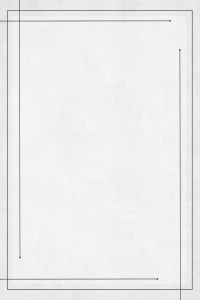The Official Radare2 Book | страница 58
If you want to inspect the result of a math expression, you can evaluate it using the ? command. Simply pass the expression as an argument. The result can be displayed in hexadecimal, decimal, octal or binary formats.
> ? 0x100+200
0x1C8 ; 456d ; 710o ; 1100 1000
There are also subcommands of ? that display the output in one specific format (base 10, base 16 ,...). See ?v and ?vi.
In the visual mode, you can press u (undo) or U (redo) inside the seek history to return back to previous or forward to the next location.
As a test file, let's use a simple hello_world.c compiled in Linux ELF format. After we compile it let's open it with radare2:
$ r2 hello_world
Now we have the command prompt:
[0x00400410]>
And it is time to go deeper.
All seeking commands that take an address as a command parameter can use any numeral base such as hex, octal, binary or decimal.
Seek to an address 0x0. An alternative command is simply 0x0
[0x00400410]> s 0x0
[0x00000000]>
Print current address:
[0x00000000]> s
0x0
[0x00000000]>
There is an alternate way to print current position: ?v $$.
Seek N positions forward, space is optional:
[0x00000000]> s+ 128
[0x00000080]>
Undo last two seeks to return to the initial address:
[0x00000080]> s-
[0x00000000]> s-
[0x00400410]>
We are back at 0x00400410.
There's also a command to show the seek history:
[0x00400410]> s*
f undo_3 @ 0x400410
f undo_2 @ 0x40041a
f undo_1 @ 0x400410
f undo_0 @ 0x400411
# Current undo/redo position.
f redo_0 @ 0x4005b4
The block size determines how many bytes radare2 commands will process when not given an explicit size argument. You can temporarily change the block size by specifying a numeric argument to the print commands. For example px 20.
[0x00000000]> b?
Usage: b[f] [arg] # Get/Set block size
| b 33 set block size to 33
| b eip+4 numeric argument can be an expression
| b display current block size
| b+3 increase blocksize by 3
| b-16 decrease blocksize by 16
| b* display current block size in r2 command
| bf foo set block size to flag size
| bj display block size information in JSON
| bm 1M set max block size
The b command is used to change the block size:
[0x00000000]> b 0x100 # block size = 0x100
[0x00000000]> b+16 # ... = 0x110
[0x00000000]> b-32 # ... = 0xf0
The bf command is used to change the block size to value specified by a flag. For example, in symbols, the block size of the flag represents the size of the function. To make that work, you have to either run function analysis af (which is included in aa) or manually seek and define some functions e.g. via Vd.


